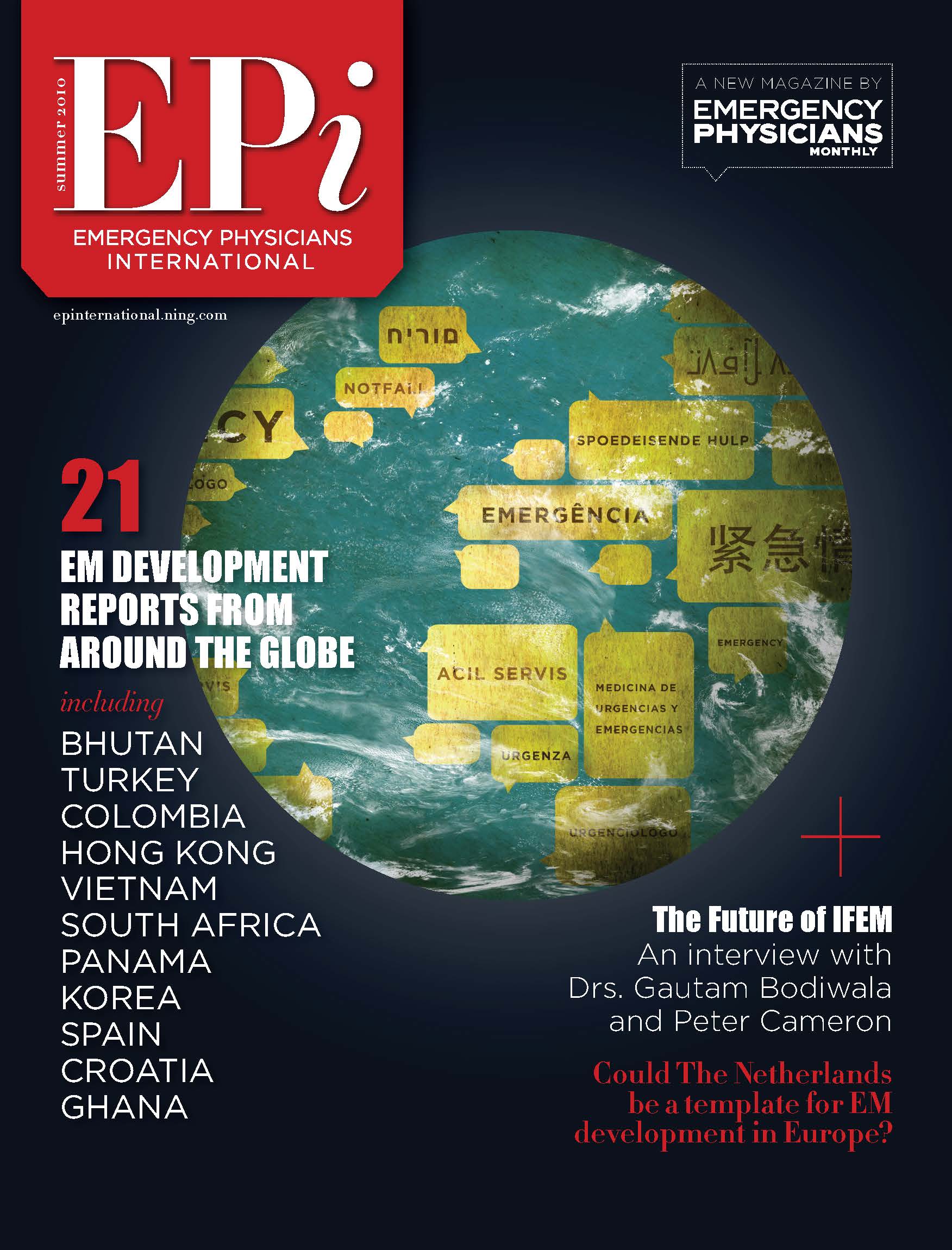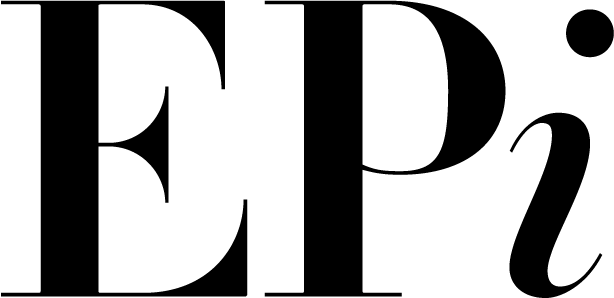The Morgan Lens
Time is critical in the treatment of ocular burns—the sooner irrigation can be started, the better the prognosis—making the Morgan Lens ideal for use in emergency departments, ambulances, at industrial sites, or for the military. In fact, over 90% of the hospitals in the United States of America use the lens, as well as medical facilities in over 20 countries around the world, and its convenience, efficiency, and effectiveness have been conclusively proven through millions of uses.
Experts agree that to effectively treat a chemically burned eye the irrigation must be:
PROMPT—Irrigation must be started as quickly as possible after an injury. This often is not done due to a shortage of medical personnel or because other injuries take priority. But with the Morgan Lens, eye irrigation can be underway in less than 20 seconds and, being a “hands free” technique, medical personnel are able to treat other injuries while effective ocular irrigation is underway.
PROLONGED—For chemical burns, irrigation should be continued until the pH of the eye returns to normal (which, for alkalis, generally takes two to three hours and at least 20 to 30 minutes for acids). Blepharospasms and photophobia make this very difficult. Physically retracting the eyelids, as is necessary when the Morgan Lens is not available, is an extremely painful process for the patient, and it requires the complete attention of at least one medical provider. Often personnel are not available for as long as is necessary, resulting in inadequate treatment. It’s also nearly impossible to continue “manual irrigation” while a patient is being transported. The Morgan Lens solves all of these problems, allowing for continuous, prolonged irrigation without the need for constant medical attention. Since the eyes may be closed while irrigation is underway, it's much more comfortable for the patient, something that's especially important when irrigating the eyes of young children and infants.
PROLIFIC—All regions of the eye and inner eyelids must be completely irrigated to eliminate trapped contaminants. The Morgan Lens is the only way to ensure this is done properly. Irrigation may be continued for hours or even days, and because the Morgan Lens floats above the injured cornea (never touching the surface of the eye), the process is more tolerable for the patient. Unlike manual irrigation, it is not necessary to evert and swab under the eyelids since the Morgan Lens effectively removes any non-embedded foreign bodies or particulate matter trapped in these regions. In addition, when the eyelids are open or retracted, folds are formed which may trap chemicals, but this problem is also eliminated by the Morgan Lens.
Please note that MorTan recommends the use of lactated Ringer’s (Hartmann’s solution) whenever possible. Normal Saline may have a pH as low as 4.5, causing severe discomfort for some patients after a period of use. By using a solution with a pH closer to that of the eye, patient tolerance is increased, meaning irrigation may be continued for the long periods of time necessary to ensure effective treatment. However, it is critical that irrigation be started as soon as possible, so any safe irrigating solution should be used initially.
Along with our instructional chart, additional information, an instructional video, and a PowerPoint presentation may be found on MorTan’s website at www.morganlens.com or MorTan may be reached at mortan@morganlens.com.


